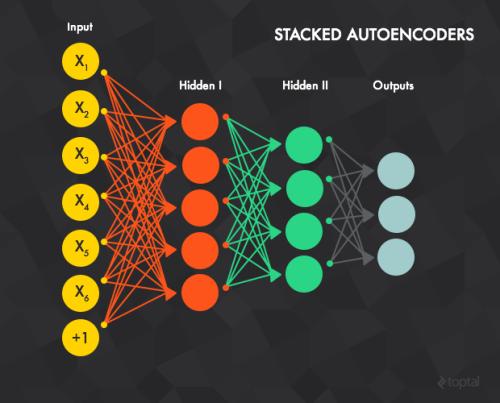Given a sequence of $d \times d$ symmetric matrices $\{\mathbf{W}_i\}_{i=1}^n$, and a margin $\Delta > 0$, we investigate whether it is possible to find signs $(\epsilon_1, \dots, \epsilon_n) \in \{\pm 1\}^n$ such that the operator norm of the signed sum satisfies $\|\sum_{i=1}^n \epsilon_i \mathbf{W}_i\|_{\rm op} \leq \Delta$. Kunisky and Zhang (2023) recently introduced a random version of this problem, where the matrices $\{\mathbf{W}_i\}_{i=1}^n$ are drawn from the Gaussian orthogonal ensemble. This model can be seen as a random variant of the celebrated Matrix Spencer conjecture and as a matrix-valued analog of the symmetric binary perceptron in statistical physics. In this work, we establish a satisfiability transition in this problem as $n, d \to \infty$ with $n / d^2 \to \tau > 0$. First, we prove that the expected number of solutions with margin $\Delta=\kappa \sqrt{n}$ has a sharp threshold at a critical $\tau_1(\kappa)$: for $\tau < \tau_1(\kappa)$ the problem is typically unsatisfiable, while for $\tau > \tau_1(\kappa)$ the average number of solutions is exponentially large. Second, combining a second-moment method with recent results from Altschuler (2023) on margin concentration in perceptron-type problems, we identify a second threshold $\tau_2(\kappa)$, such that for $\tau>\tau_2(\kappa)$ the problem admits solutions with high probability. In particular, we establish that a system of $n = \Theta(d^2)$ Gaussian random matrices can be balanced so that the spectrum of the resulting matrix macroscopically shrinks compared to the semicircle law. Finally, under a technical assumption, we show that there exists values of $(\tau,\kappa)$ for which the number of solutions has large variance, implying the failure of the second moment method. Our proofs rely on establishing concentration and large deviation properties of correlated Gaussian matrices under spectral norm constraints.
翻译:暂无翻译


